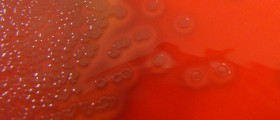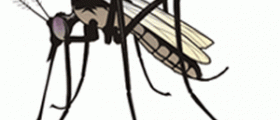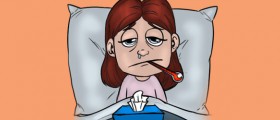
Meningitis is an inflammation of the membranes that cover the brain and spinal cord. These protective membranes are called the meninges and their primary function is to protect the central nervous system. Babies, young children, older adults and people with underlying medical conditions may not have the standard symptoms of meningitis. The age is one of the most serious risk factors for meningitis. This disease usually affects the children younger than age 5. However, in the mid 1980s, many countries have included immunization against some forms of bacterial meningitis. Children in the United States routinely receive these vaccines as part of the recommended schedule of vaccines.
Causes of meningitis in children
The inflammation of the meninges may be caused by infection with viruses, bacteria, or other microorganisms, and less commonly by certain drugs. Most cases of meningitis are due to infections by viruses or micro-organisms. The common causes of bacterial meningitis are group B streptococci, which normally inhabit the vagina and are mainly a cause of meningitis during the first week of life. A bacterium from the digestive tract, such as Escherichia coli and Listeria monocytogenes, can also cause the infection. Older children are more commonly affected by Neisseria meningitidis, Streptococcus pneumoniae, and Haemophilus influenza type B.
Aseptic meningitis is a term applied to all cases of meningitis in which no bacterial infection is present. Usually, aseptic meningitis is due to viruses or by infection in a space next to the meninges.
Symptoms of meningitis in children
Early signs of meningitis usually resemble those of the flu or the common cold. First signs of meningitis typically develop gradually, over several hours or over one or two days. The typical signs of meningitis are headache, fever and a stiff neck, but in children, especially newborns, the warning signs may be completely different.
Newborns will usually have a fever, and they will appear extremely irritable. The baby may be very difficult to calm. Other symptoms such as a decreased appetite, skin rash, vomiting and shrill cry are often present. Their body will usually appear stiff, and they may develop bulging soft spots on their heads. Baby will be inactive and sluggish and may even experience seizures.
Young children will usually look like they have the flu. Their symptoms will include general fatigue, fever, cough and troubles breathing. The symptoms are very non-specific but when examining an older child the doctor can look for signs of meningitis by bending the neck and the knees.

















Your thoughts on this
Loading...